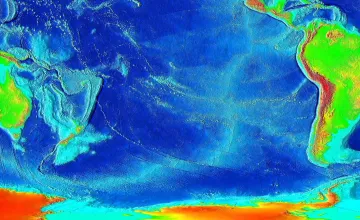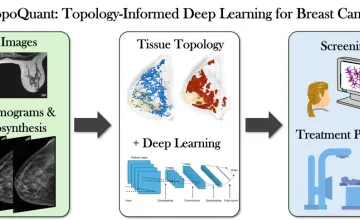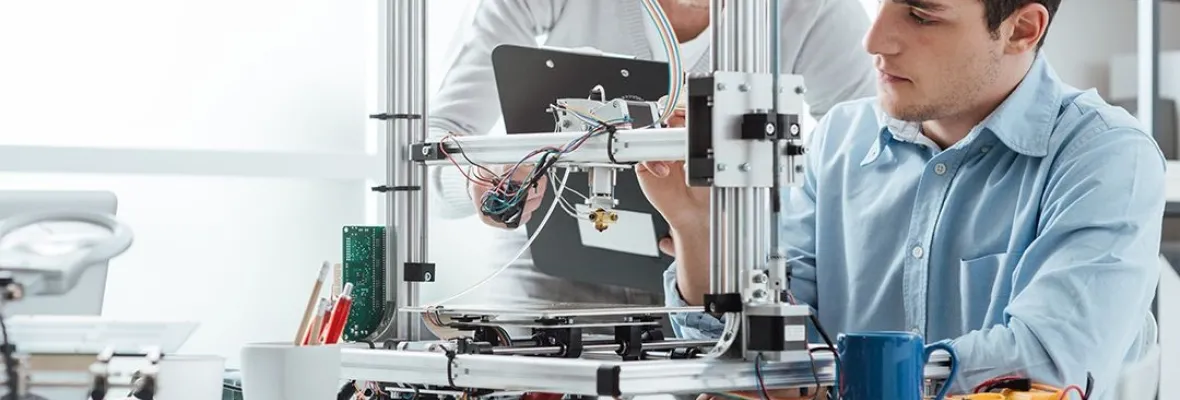AAU universities conduct a majority of the federally funded university research that contributes to our economic competitiveness, health and well-being, and national security. AAU universities are growing our economy through invention and innovation while preparing the next generation of scientists and engineers for global leadership. By moving research into the marketplace AAU universities are helping to create jobs, and provide society with new medicines and technologies.

UMD geologists uncovered evidence of a section of seafloor that sank into the Earth's mantle when dinosaurs roamed the Earth; it's located off the west coast of South America in a zone known as the East Pacific Rise.

Novel research supported by NCI could lead to more specific predictive disease models

A new University of Kansas study reveals parents seeking health care information for their children trust AI more than health care professionals when the author is unknown, and parents rate AI generated text as credible, moral and trustworthy.

Hypertension and amyloid plaques can separately cause dementia. Having both increases a person’s odds of developing cognitive decline, a new study finds
Explore More: University Research
You can filter stories by the university.
UC Davis researchers have developed a method for detecting opioid drugs and drug metabolites in breath. The test could be useful for management of patients with chronic pain, as well as for detecting illegal opioid use.
USC scientists and colleagues have discovered a novel potential target for treating glioblastoma, the deadly cancer that took the life of Sen. John McCain and kills 15,000 Americans a year.
Researchers at the University at Buffalo have found that onions and garlic may be a recipe for reducing the risk of breast cancer.
Pearls are inspiring a University at Buffalo-led research team in its quest to improve armor.
Women are quicker to take cover or prepare to evacuate during an emergency, but often have trouble convincing the men in their life to do so, suggests a new CU Boulder study.
